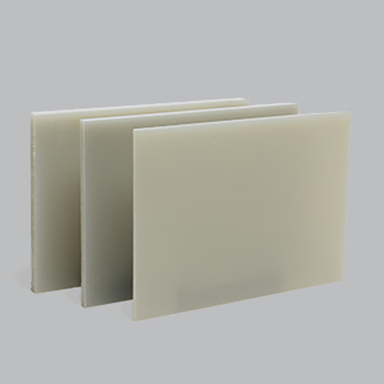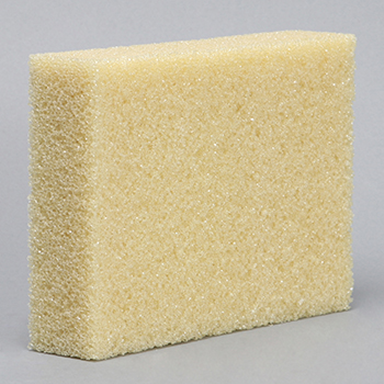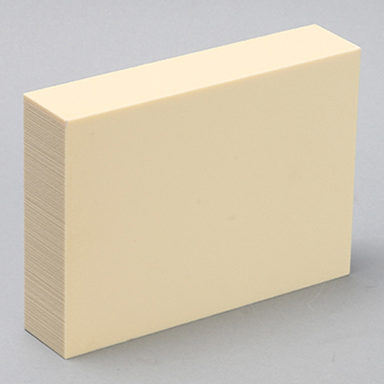Orthopaedic

SOLID FOAM
Solid foam models are made of rigid foam throughout. This is an economical material for general applications.

FOAM CORTICAL SHELL
Foam cortical shell models are made of a rigid foam shell with inner cancellous material. These models cut and drill easier than the plastic cortical shell models.

PLASTIC CORTICAL SHELL
Plastic cortical shell models are made of a rigid plastic shell with inner cancellous material. Plastic cortical shell models are very durable.

SOLID WHITE PLASTIC
Solid plastic models are made of a rigid plastic. Some models include the intramedullary canal. They are very durable.

SOLID CLEAR
Solid clear models are made of a solid clear plastic. They can be made with or without the intramedullary canal. They are very durable and we can also install customer provided implants.

absolute™ BONE
This Sawbones model has physical strength properties similar to real bone.

RADIOPAQUE
Radiopaque models are designed for use with X-ray or fluoroscopy and contain a visible high-contrast cortical shell.

TRANSPARENT PLASTIC CORTICAL SHELL
Transparent plastic cortical shell models are made with a clear plastic shell and inner cancellous material.
Biomechanical

absolute™ (Short Fiber Filled Epoxy)
Sawbones’ unique epoxy formulation is filled with short glass fibers and used to simulate cortical bone for structural testing of fixation devices and total joint replacements. Our simulated cortical bone has a density, fracture toughness, strength, modulus and hardness all similar to cadaveric cortical bone.
This material is the cortical bone for all our absolute™ bones.

Cellular Rigid Polyurethane Foam
Cellular rigid polyurethane foam has larger pores to resemble cancellous bone. Cell size ranges from 0.5 to 2.0mm diameter for this primarily closed cell foam. Variation in foam density is ±10% and is available in a range of densities from 0.12g/cc to 0.32 g/cc (7.5pcf to 20pcf).

Open Cell Rigid Polyurethane Foam
Open cell rigid foam is a composite foam made of urethanes, epoxies and structural fillers. Cell size ranges from 1.5 to 2.5mm in diameter and is more variable than solid or cellular polyurethane foams. Variation in foam density is ±10% and is available in a range of densities from 0.12g/cc to 0.32 g/cc (7.5pcf to 20pcf).

Solid Rigid Polyurethane Foam
This closed cell polyurethane foam is most commonly used for testing screw pullout, insertion and stripping torque. Solid rigid polyurethane foam provides a uniform structure with only ±10% variation in density. Material properties cover a broad range of human bone qualities allowing you to select an appropriate density for your study. This closed cell foam conforms to ASTM F-1839-08 Standard Specification for Rigid Polyurethane Foam for Use as a Standard Material for Testing Orthopaedic Devices. Available Grades: 5, 10, 12, 15, 20, 25, 30, 35, 40, 50




